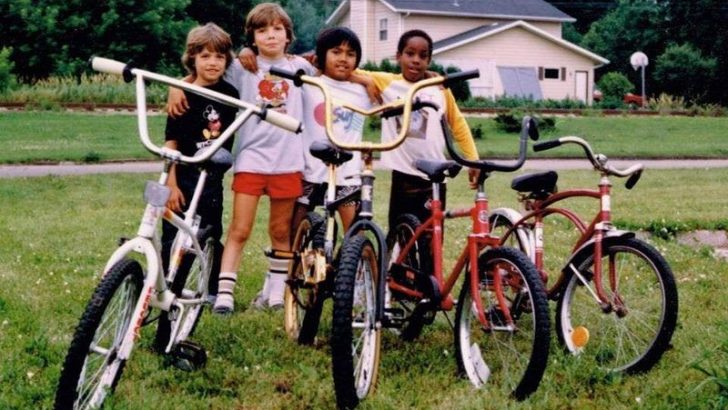In 1978, neighborhoods were vibrant hubs of activity, fostering connections that went beyond digital clicks and likes. Communities were built on real interactions, shared experiences, and face-to-face communication. Each neighborhood had its own unique elements that encouraged people to come together, share stories, and support each other in ways that social media can’t replicate. Here are 12 iconic aspects of life in 1978 that were instrumental in creating stronger, more closely-knit communities.
1. Local Diner

Morning coffee at the local diner brought neighbors together. Here, stories were exchanged over steaming cups, and laughter filled the air. The diner was more than a place to eat; it was a community hub.
With a jukebox playing soft tunes, patrons found comfort in familiar faces. The aroma of freshly cooked bacon and eggs added to the warmth of the atmosphere.
In 1978, diners were where everyone knew your name and your usual order. This personal touch is something social media can never provide.
2. Community Bulletin Board

In the 1970s, community bulletin boards were the original social networks. Located in libraries or local stores, these boards were filled with colorful flyers and handwritten notes.
Here, neighbors discovered local events, garage sales, and classes. It was a vibrant collage of community life.
Unlike digital feeds, these boards encouraged real-world interactions and participation. People felt connected, informed, and part of a collective journey.
3. Neighborhood Block Party
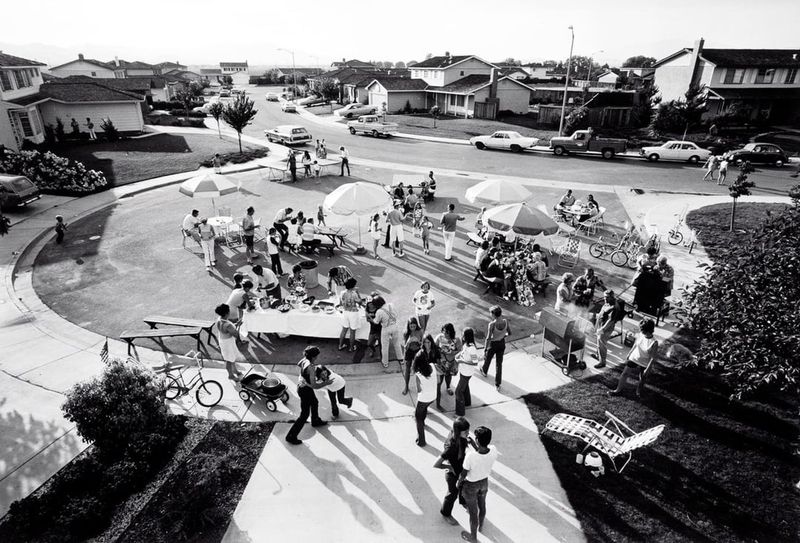
Block parties in 1978 were legendary. Streets were cordoned off, and families gathered to celebrate. Music played, children laughed, and the aroma of barbecues filled the air.
These events fostered camaraderie and unity. Neighbors shared dishes, stories, and danced under the stars.
Such gatherings built trust and friendship, elements that are often missing in today’s digital interactions. The human touch of these events was unparalleled.
4. Local Hardware Store
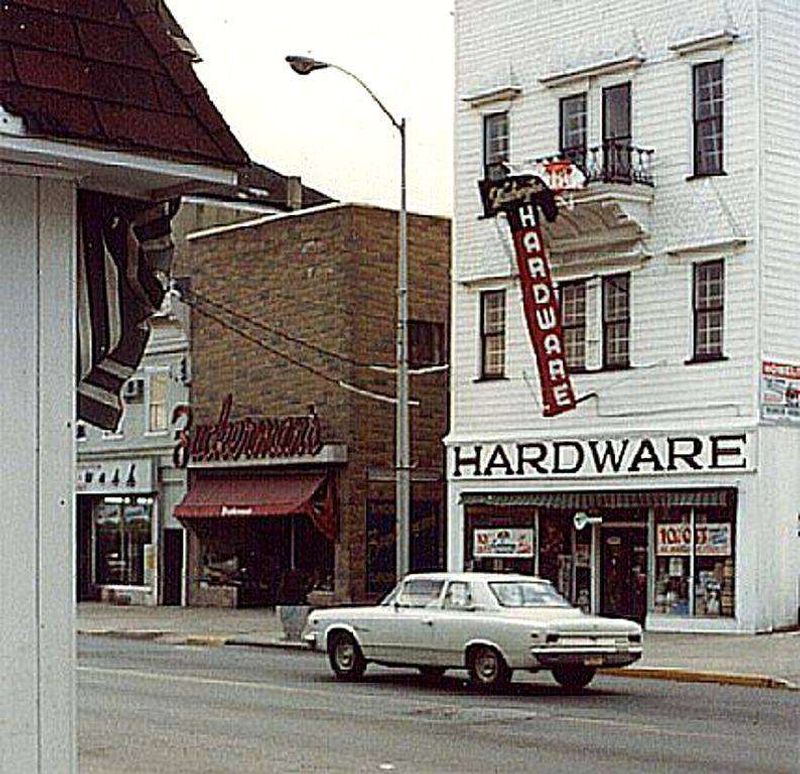
The local hardware store was more than just a shop in 1978. It was a place where advice was as freeflowing as the coffee.
Friendly staff knew their customers by name, guiding them through DIY projects and home repairs. It was a place of learning and community.
Unlike online shopping, these interactions provided a personal touch, creating bonds that lasted for generations. The local hardware store was a cornerstone of community life.
5. School PTA Meetings
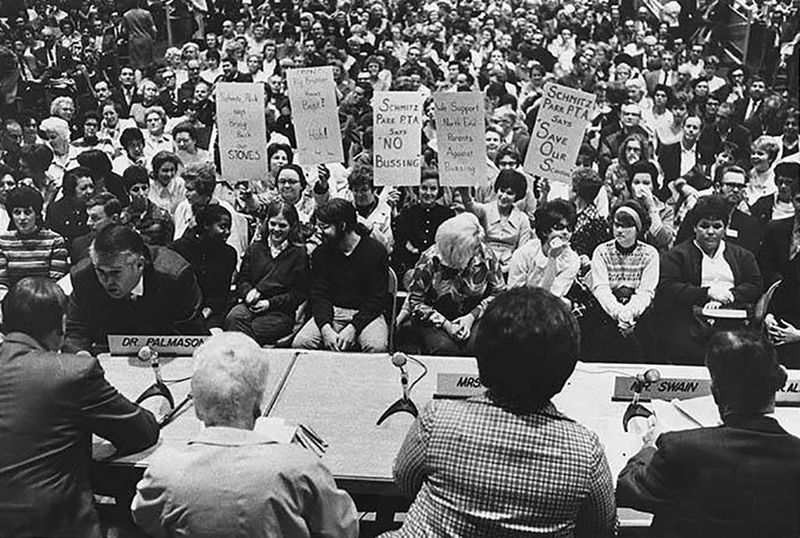
PTA meetings in 1978 were pivotal in building community. Parents gathered regularly in school gyms to discuss educational plans and school events.
These meetings fostered collaboration among parents and teachers, creating an involved community.
The face-to-face discussions and shared goals made for a united front in enhancing children’s education. Such personal engagement is often lost in today’s digital communications.
6. Local Library
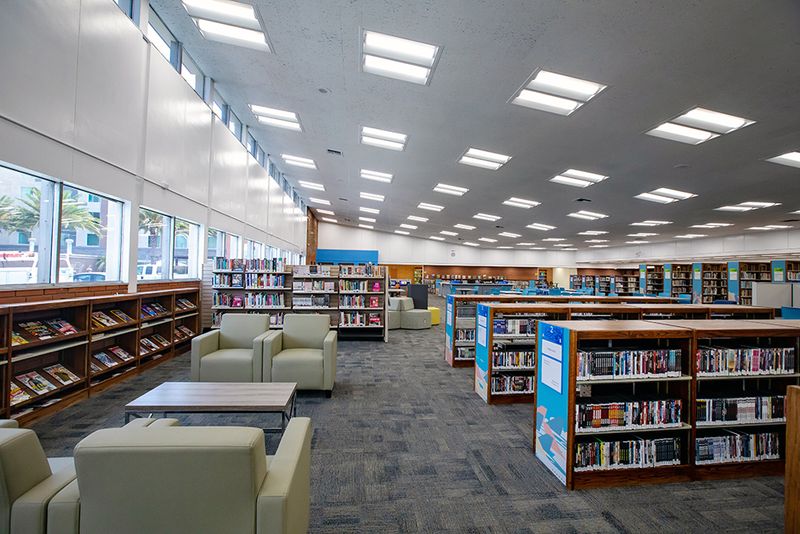
The local library was a sanctuary of knowledge and community in 1978. Wooden shelves brimmed with books, while events like book readings and clubs brought people together.
It was a place where learning was shared, and ideas were exchanged, fostering intellectual connections.
The library’s role in community building was profound, offering a quiet yet impactful space for interaction and growth.
7. Neighborhood Watch
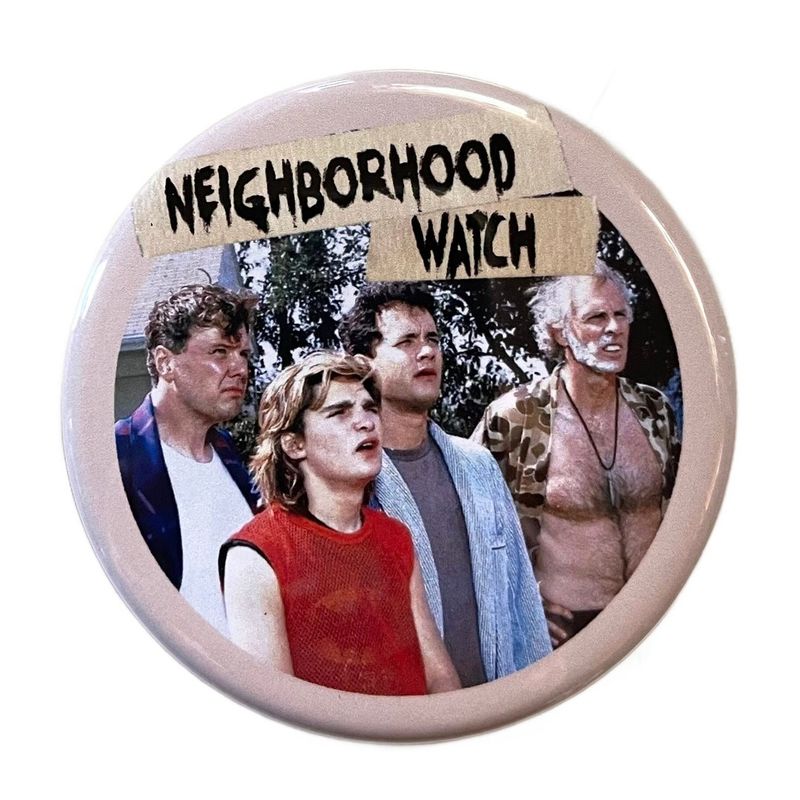
Neighborhood watch programs were crucial in 1978. Neighbors came together to ensure the safety and security of their community.
Meetings were held to discuss concerns and strategies, building trust and vigilance among residents.
This collective responsibility fostered a sense of unity and protection, strengthening community ties in ways social media cannot replicate.
8. Community Garden
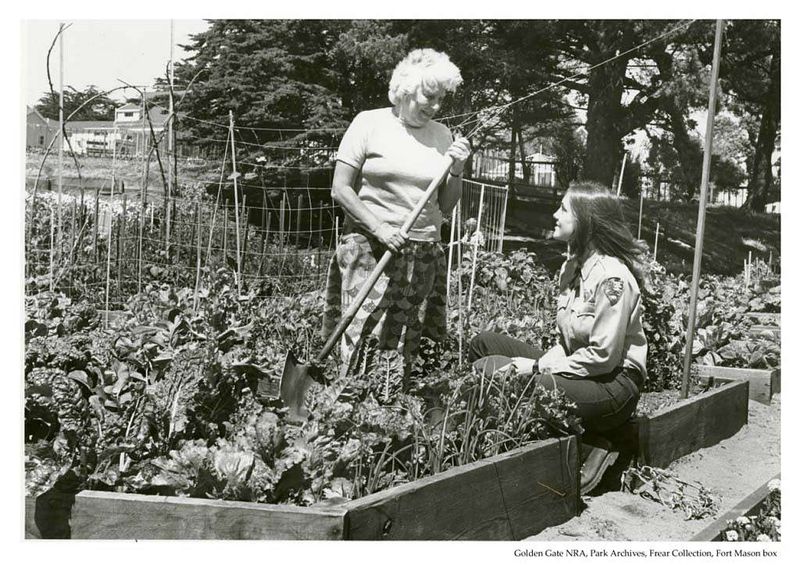
Community gardens were green oases in 1978. Neighbors came together to cultivate vegetables and flowers, sharing gardening tips and harvests.
These gardens provided fresh produce and a sense of accomplishment and collaboration.
The shared responsibility and joy of nurturing plants brought people together, creating bonds that transcended digital interactions.
9. Local Youth Sports Leagues
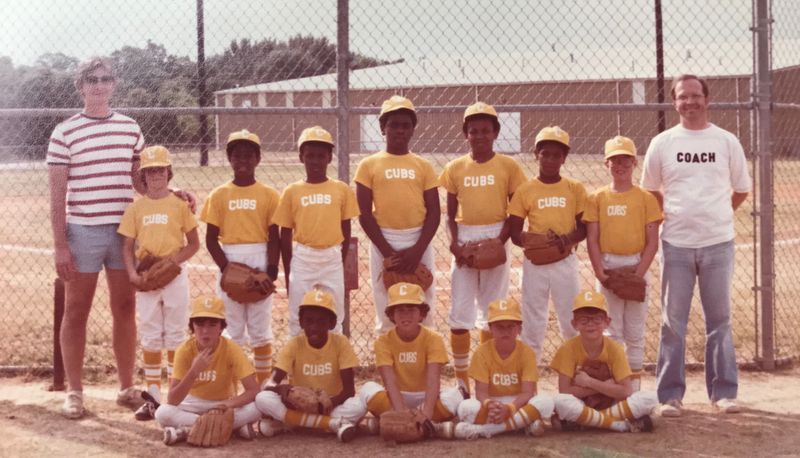
Youth sports leagues were vital in 1978. Kids played baseball, soccer, or basketball while parents cheered from the sidelines.
These leagues taught teamwork, discipline, and sportsmanship, building character in young athletes.
Parents and children formed friendships through these activities, creating a supportive community network that today’s online games can’t match.
10. Local Church Events
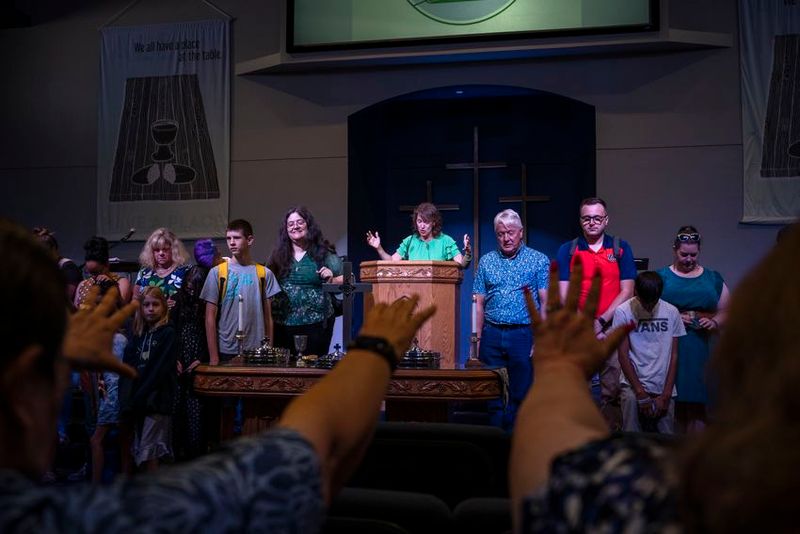
Church events were central to community life in 1978. Services, potlucks, and choir practices brought people together in faith and fellowship.
These gatherings provided spiritual nourishment and social interaction, strengthening community bonds through shared beliefs.
The sense of belonging and support found in these events is a powerful testament to the human connection absent in digital spaces.
11. Family-Owned Grocery Store
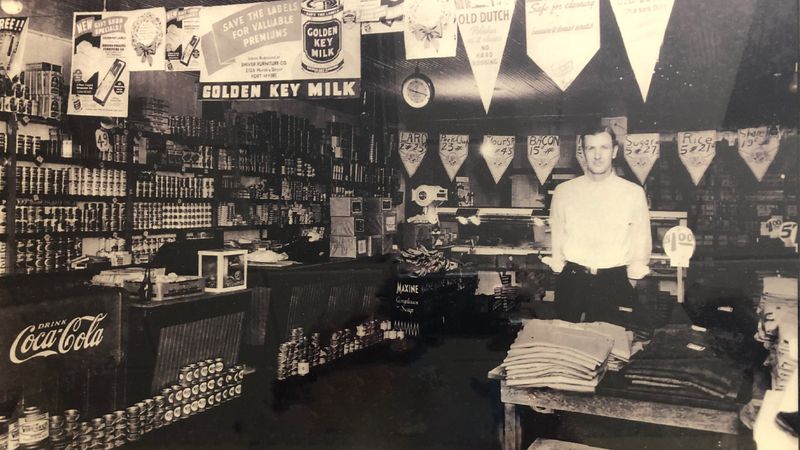
Family-owned grocery stores were staples in 1978. Customers were greeted by name, and staff knew their preferences, adding a personal touch.
The stores were community meeting points, where news and recipes were exchanged over fresh produce.
Shopping here was a social experience, unlike the impersonal nature of today’s online grocery services, fostering community through everyday interactions.
12. Local Barber Shop
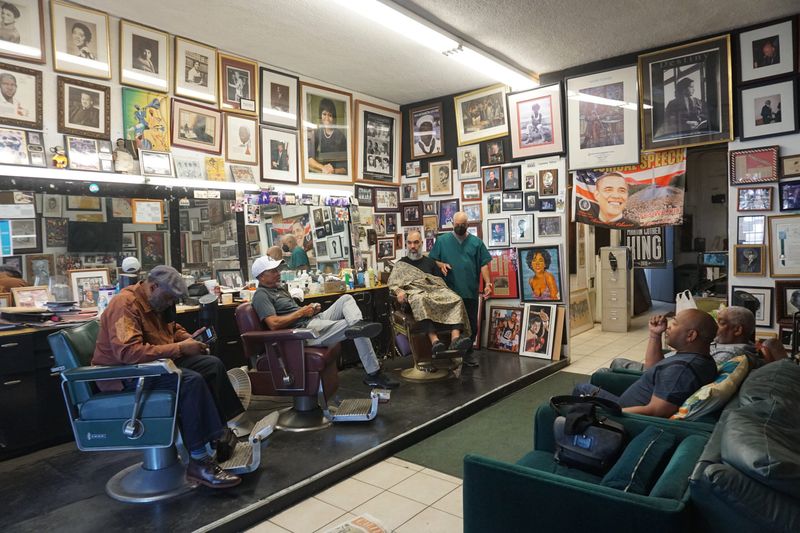
The local barber shop was more than a place for a haircut in 1978. It was a social hub where men gathered to chat and share stories.
Barbers knew every customer personally, creating a comfortable and welcoming atmosphere.
The camaraderie and lively conversations at these shops built friendships and community ties, offering a connection that digital platforms can’t replicate.

